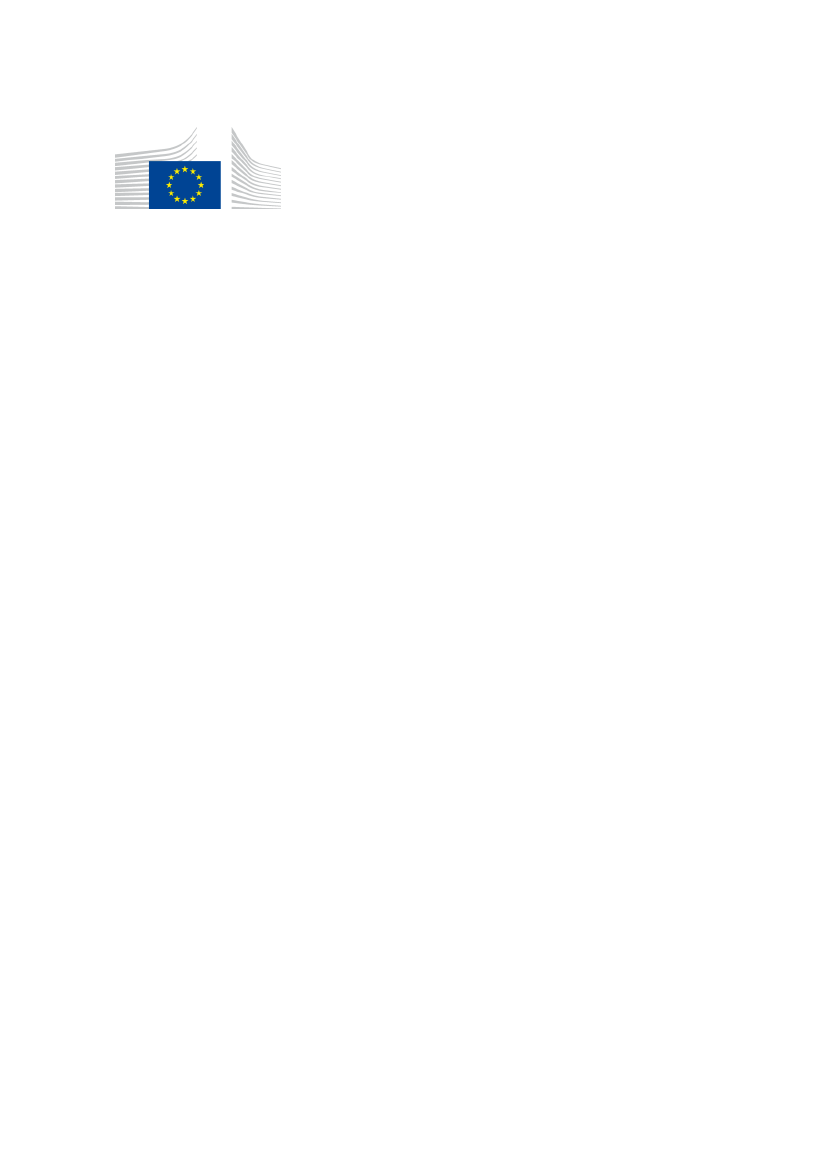
EUROPEAN
COMMISSION
Brussels, 4.6.2025
COM(2025) 280 final
COMMUNICATION FROM THE COMMISSION TO THE EUROPEAN
PARLIAMENT, THE COUNCIL, THE EUROPEAN ECONOMIC AND SOCIAL
COMMITTEE AND THE COMMITTEE OF THE REGIONS
European Water Resilience Strategy
EN
EN